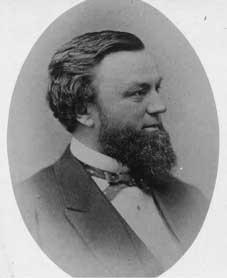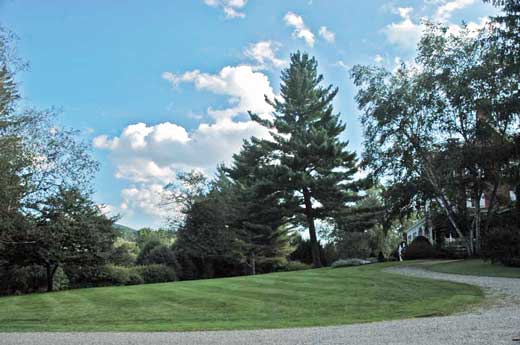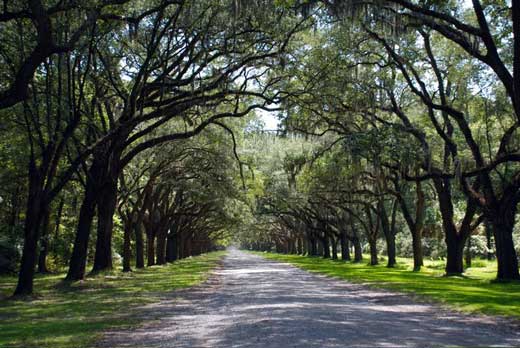Wormsloe Foundation, Billings Book—A Match Made in History
Wormsloe Foundation, Billings Book—A Match Made in History

Progress on the forthcoming LALH book about railroad tycoon/ philanthropist/ conservationist Frederick Billings (1823–1890) recently gathered steam, propelled by a $12,500 grant from the Wormsloe Foundation. The book appears in the LALH series Critical Studies in the History of Environmental Design, which examines the conversion of land for various human uses while respecting the inherent richness and diversity of place and nature. Daniel J. Nadenicek, dean of the College of Environment and Design at the University of Georgia, is both the book’s author and the series editor for LALH.

Billings’s experiment in conservation and land stewardship took place at the boyhood home of George Perkins Marsh, a foundational American environmentalist, in the hills of Woodstock, Vermont. This landscape, laid out in part according to an 1869 plan by Robert Morris Copeland, served him as woodlot, scientific farm, and country estate. The estate’s last private stewards and owners, Laurance S. and Mary French Rockefeller (Billings’s granddaughter), donated it to the National Park Service in 1992. The property, now the Marsh-Billings-Rockefeller National Historical Park, hosts education and research programs on conservation, natural history, agriculture, and forestry. The original mansion, with much of Billing’s exceptional private art collection on view, is open to visitors.

Although its setting in the tidewater lowlands near Savannah, Georgia, could hardly be more different, Wormsloe Plantation has much in common with Billings’s place. The land comprises the country estate created in 1737 by British colonist Noble Jones. Here Jones experimented with horticulture—his passion—while protecting the cypress and oak forests on his property. Now a state park and historic site, Wormsloe Plantation serves as a laboratory for the Wormsloe Institute, which examines the site’s interwoven strands of ecology, culture, and land use through the lens of environmental history. Jones’ descendant Craig Barrow and his wife, Diana, manage the Wormsloe Foundation to support this work.

Banner photo credit: Ruth Bancroft Garden, Walnut Creek, California (detail). Photo by Marion Brenner.